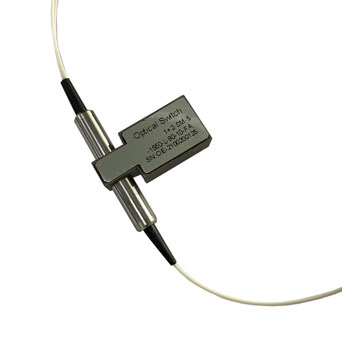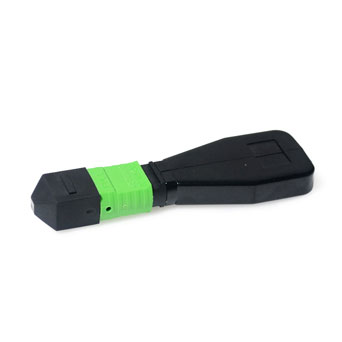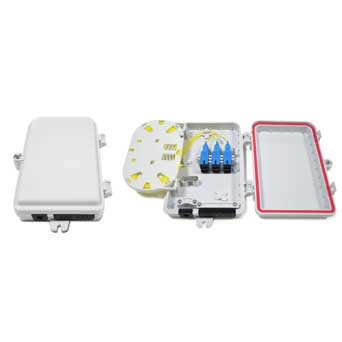Optical fiber transceiver is an Ethernet transmission media conversion unit that interchanges short-distance twisted-pair electrical signals and long-distance optical signals, and is also called an optical-to-electrical converter in many places. So, is there a difference between fiber optic transceivers and photoelectric converters?
1. The difference between fiber optic transceivers and photoelectric converters
The fiber optic transceiver is divided into a single-mode optical fiber transceiver and a multi-mode optical fiber transceiver; in addition, there is a difference in the transmission speed of 10M/100M/1000M; the multi-mode transmission distance can reach 5KM, and the single-mode and the transmission distance are different. It can transmit 20km, and high power can be used for 120km; ordinary two fiber cores transmit and receive data respectively, and lightwave multiplexing on one fiber core can complete the sending and receiving of multiple groups of data. Optical fiber transceivers are indispensable devices in network transmission. When purchasing, users do not know the difference between optical fiber transceivers and photoelectric converters. Are they the same product?
Photoelectric converter refers to the conversion of optical signals into electrical signals, so there are many kinds of electrical signals, which are divided into E12M signals and Ethernet signals. We call this photoelectric converter: a fiber optic transceiver is also called a fiber optic switch . Optical transceiver converts optical signals into Ethernet signals, also known as optical cats. An optical fiber transceiver is actually a photoelectric conversion device, and the device that converts the optical signal into E1 is called an optical transceiver. The photoelectric converter is the conversion of photoelectric signals in the local area network, but only the signal conversion, without the conversion of the interface protocol. Generally, it is used in the environment of long distances in the campus network, which is not suitable for twisted pair wiring. However, with the development of network technology, the two can basically be collectively referred to as a device.
2. Do fiber optic transceivers have to be used in pairs?
In fact, optical fiber transceivers are generally used in pairs as photoelectric conversion equipment, but the following use cases can also occur: fiber transceiver + fiber switch, fiber transceiver + SFP transceiver, etc. In principle, as long as the optical transmission wavelength and signal packaging format are The same and all support a certain protocol can realize optical fiber communication.
3. Does the fiber optic transceiver have a transmitter and a receiver?
Generally, single-mode dual-fiber (two fibers are required for normal communication) transceivers are not divided into transmitter and receiver, as long as they appear in pairs, they can be used. Only a single-fiber transceiver (one fiber is required for normal communication) will divide the transmitter and the receiver.

 EN
EN



